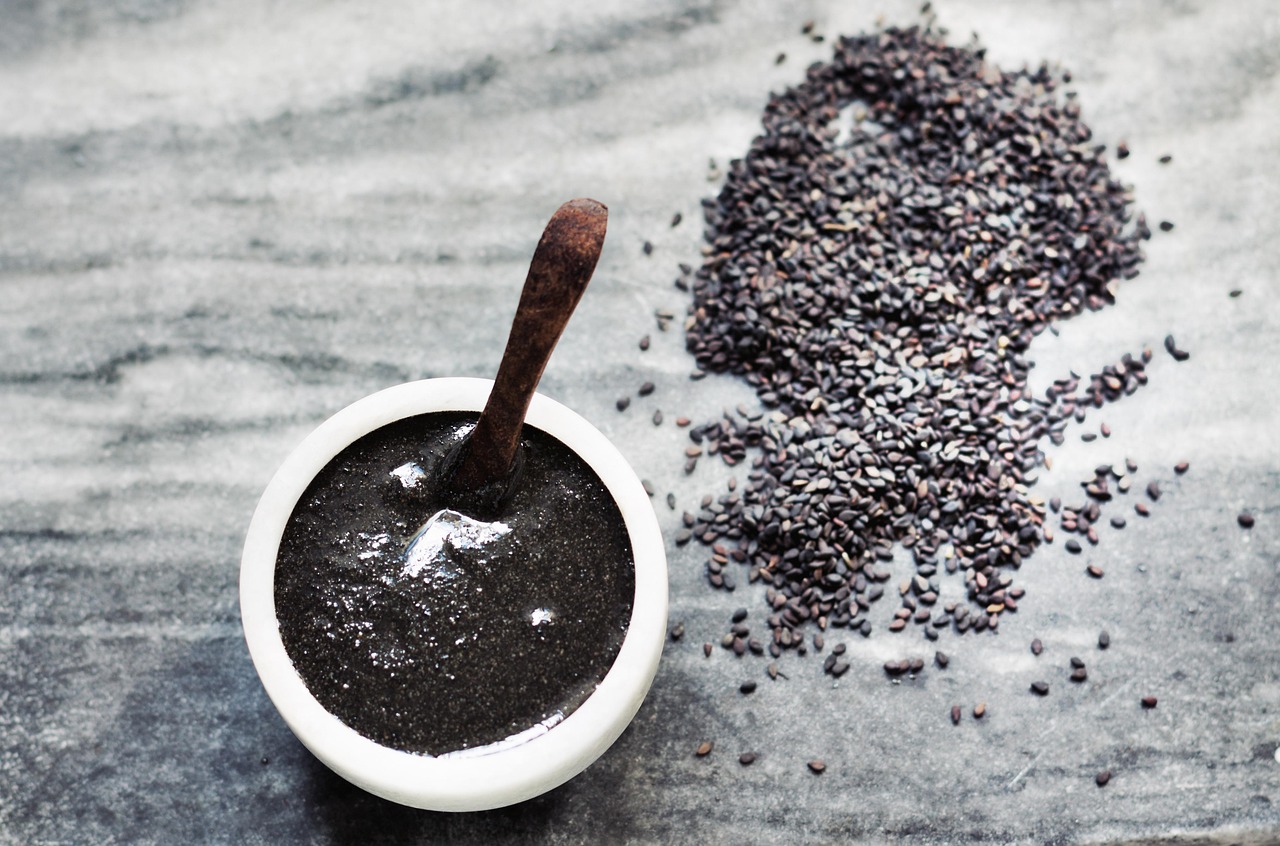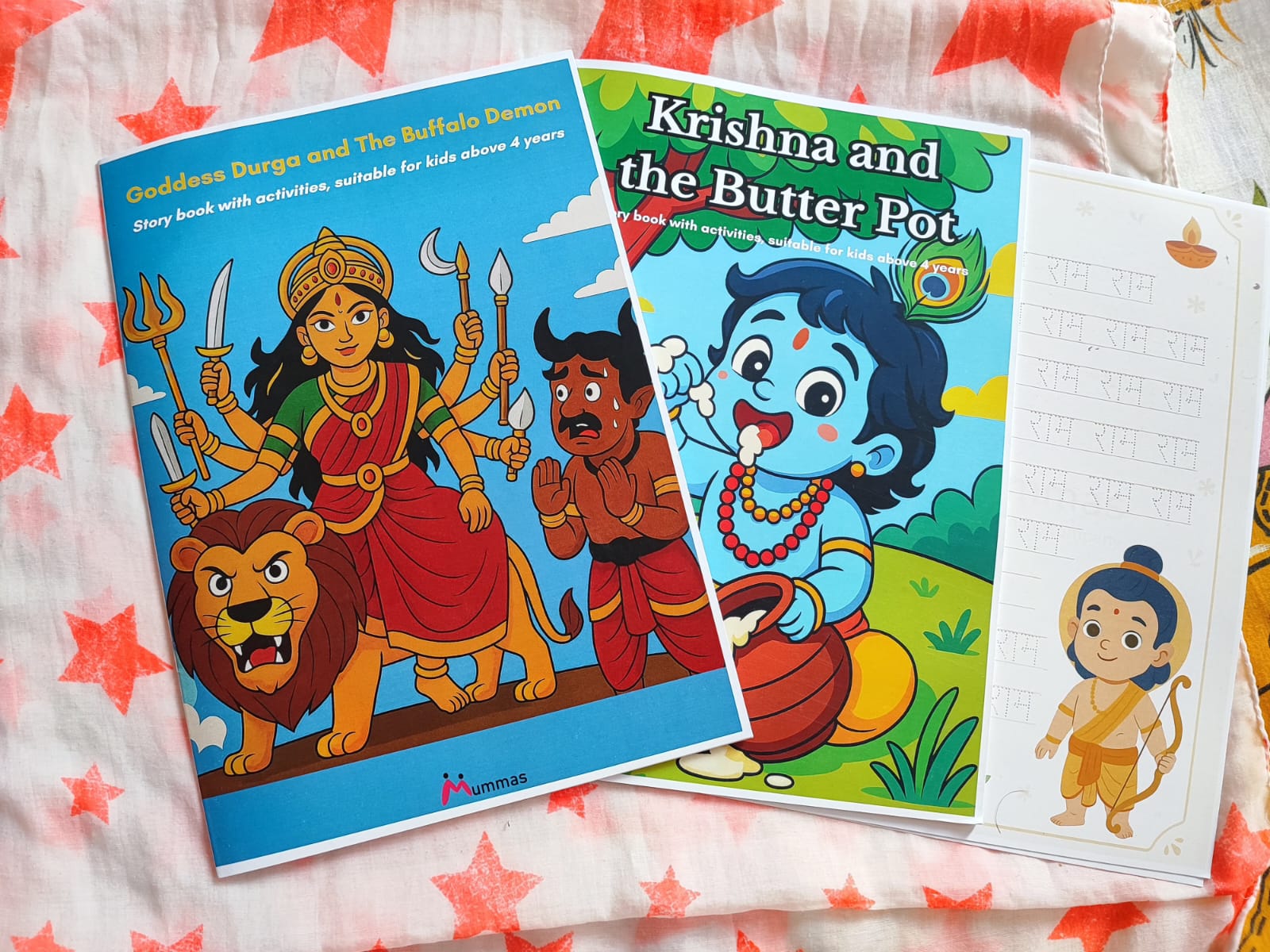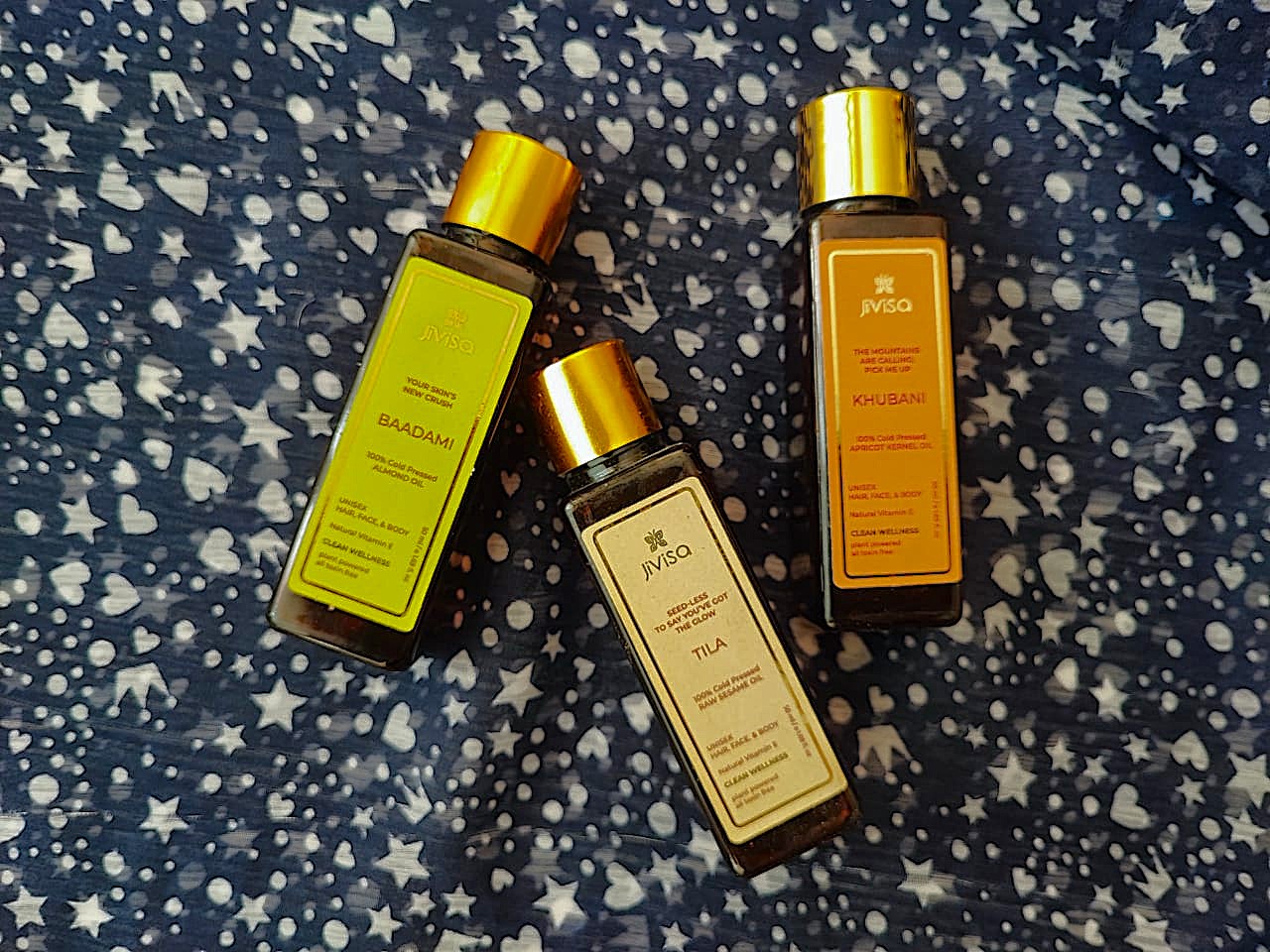Reana is a last-minute shopper, especially when it comes to groceries. She runs to the superstore near her place with a big list. She behaves like a super-woman and hurriedly fills her basket with her stunt-like acts. It is quite interesting to watch her. However, what she does might not be healthy for her family. Pressed on time, she skips reading labels on the packages she purchases. And at times, she even ends up with losses when the foodstuff she buys perishes eventually.
Edibles that you purchase from the market do not just inform you about the calories at the back of the pack. They also give you other types of information. Many of us do not have a habit of reading such information, mostly because of two major reasons. One of the top reasons is non-awareness of technical language used and the second one is obviously laziness. You might not be aware of the technique of reading the nutrition labels. So, here is the easiest way to skim the right information from the truckloads of that given on the back of your favorite food pack.
1. The First is the Highest
Some of us have a peculiar way of reading the labels – we judge a product by finding out whether ‘whole wheat’ is mentioned or not. The quantity does not matter at all for people like us. However, I wish this was the actual way to read the label. But, the truth is that the first ingredient listed is always in the highest quantity. This is because ingredients in a pack are always listed in the order of the quantity or weight. This means that if the first ingredient is refined wheat flour or sugar, most of the content of the food that you are choosing is made up of that particular component.
However, there is a cheat code as well. Did you know that some ingredients come in different varieties and types? Take, for instance, sugar. To hide the amount of sugar in the product, manufacturers list it by different names. And hence, the buyer does not come to know the exact quantity of sugar in the product. This way, the buyers think such products are healthy and welcome them to their bodies.
P.S. Please read the entire list of ingredients and take an informed decision.
2. Serving Size Matters
Size does matter and while reading food labels, it matters the most. If the serving size is low, all the listed ingredients could make a bigger impact on your health. What the manufacturers generally do is label the products with smaller serving size. So, when you read the labels, you are under the impression that the product gives you more nutrition than it gives in reality. The truth is that the serving size mentioned on the product is based on the average consumption of a person rather than an idealistic one. Hence, it is advised to use your brains and not the labels for judging a product.
3. Just Watching Calories is Not Enough
Whether you are trying to lose weight or gain some weight or just watching the intake, you need not judge nutrition of the product based just on the mentioned calories. Some foods are rich in calories, but they might also be good for health as they satiate you for a longer period. The amount of calories that you consume varies depending upon the diet. However, it is advisable to consider other factors while reviewing a product. Calories from fat need not be considered as some fats are good for health as well. If you are buying a product as a snack, it needs to be somewhere around 130 to 250 calories, however, if you are buying the same for a meal, it can be anywhere between 300 to 600 calories.
4. Fiber, Protein, and Fats
While reviewing a food product, you need to take into account everything – right from the first ingredient mentioned at the back of the pack to the last one. You need to watch the calories and the sugar and also the fiber, protein, and fats in it. Fat, carbohydrates and protein present in the food are grouped as macronutrients. Before throwing that product in your trolley at the supermarket, learn to delve deeper into the list of ingredients. If a product has something like 15 grams of fat, find out the source of the fat – whether it is from nuts, oils, etc. Always make sure that fiber and protein are present in the food if you are purchasing it from the point of view of nutrition. Apart from these, your food should also have healthy fats to give you required amount of energy.
# Did you know about healthy fats?
Are you aware of the difference between healthy fats and the regular ones? You might be surprised as most of us believe that ‘fat’ is never good, right? But that’s not the truth. Fats need to be an important part of your diet. They should not be seen with negation all the time. This is because fats also have a kind known as polyunsaturated fats that are further bifurcated as Omega-3 and Omega-6. You might have heard about these. Omega-3 fatty acids are good for your heart. These even help in reducing inflammation. However, Omega-6 fatty acids are the bad ones as they can result in inflammation. Further, they even store the fat. Hence, while skimming nutrition labels, you need to make sure that the fats that you will be consuming are healthy.
What to look for?
- Trans Fat – Keep it back on the shelf
- Saturated Fat – Sometimes, it is okay
- Polyunsaturated Fat – Omega-3 good but Omega-6 not so good
- Monounsaturated Fat – These are Healthy Fats, include them
- Low Fat – Beware of them
- Non Fat – Be careful, again
# Why ‘low fat’ might not be good for you
Now you are confused about so many types of fat. And so you want to opt for ‘low fat’ edibles or even the ‘non-fat’ types. But, you are making a mistake here. You need to stay away from foods that have ‘low fat’ or ‘non-fat’ scribbled all over them. This is because there is a catch here. No, manufacturers are not cheating on you. This is because when they omit fats in the food, they replace it with something more dangerous. It could be either sugar, salt or even artificial flavors and that too in large quantities, which is not good for your health. So, when you buy something with ‘no fat’, you need to cautiously read the labels to verify the presence of these notorious ingredients. Henceforth, at times, stay contented with all-time favorite fatty versions of the product.
5. What is the Maximum Limit of Sodium?
Sodium stands for salt and its friends. Yes, sodium might turn out the culprit in ruining your health if it is in an excessive amount of your food. In fact, while reading labels if you find out that the amount of sodium is higher than 1000 mg per serving than you should not opt for that food. Too much sodium is not good for health. It might lead to ailments of the heart and blood pressure. Even kids should not be given foods that are high in sodium as they might get addicted to salty foods. The higher amount of salt might decrease the nutritional value of the food. Some people have a habit of guzzling down soda with salty foods. However, instead of soda, it is recommended to balance salt with higher intake of water.
6. Know About Each Ingredient
Reading nutrition labels at the back of the pack is quite technical, I can very well understand. However, you need to learn the basics of it. However, if you are not able to judge the ingredient by its name, do not consume the product. You need to be aware of everything that you put into yours’ or your loved ones’ mouth. Even if others are buying the product without caring much, you need not follow the herd. It is your responsibility to know what is going into your mouth.
7. How Much Sugar is Enough?

While people would not want to limit their sugar intakes, it is suggested that sugar should not exceed more than 10 grams per serving. In a day’s span, you consume different types of sugar – while some are added, others are natural. Fruits and vegetables have natural sugars, which can be consumed without much ado. This is because whole foods even have fiber, which is good for health. While whole fruits are good, fruit juices are not that good, as they are devoid of fiber and are loaded with fructose. It is advisable not to exceed the amount of artificial sugars as it can turn out detrimental to health.
# Beware About Different Names
You just skimmed the ingredient list at the back of the pack. Now you are beaming as your favourite food does not have any sugar in it. However, are you aware of different names of sugar that the manufacturers use? You might even get fooled at times, thinking that the product has zero sugar in it. Manufacturers are smarter and they know how to make a product attractive to health-conscious people like you. If you find anything ending in –ose in the ingredient list, it is nothing but sugar. Take for instance, sucrose, fructose, maltose, glucose, lactose, dextrose, etc. The other sweeter words used for sugar are syrup, cane and even nectar at times.
# Sugar-free Might Not be Healthy
Given the war around sugar, you might be thinking to completely avoid sugary stuff. And for this you opt for products that are labeled with sugar-free. But you are getting fooled again. Sugar-free stuff might not be healthy for you for different reasons. This is because smart manufacturers are using tactics to hide the sugar content. They replace sugar with other sweeteners in the food which might be unhealthy if had in larger quantities. To substitute sugar, manufacturers make use of honey, dates or even jaggery. They even use syrups at times to make the product taste as you like – sweet. Further, manufacturers at times use artificial sweeteners in exchange of sugar. However, these artificial sweeteners are not good for health. Healthcare experts maintain that such sweeteners are taxing on the gut and one should avoid them or at least, limit their intake.
# Secret Method to Sweeten Edibles
Now, if your product claims that it does not have any artificial sweeteners, it still might be unhealthy for you. Yes, you guessed it right! I am bent on making you get that product out of your trolley. When manufacturers omit artificial sweeteners, they make use of sugar alcohols in the product to sweeten it. They might also make use of sweeteners that do not add any nutrition to the product. Take for instance, stevia, monk fruit extracts, etc. Some people have stomach issues when they consume such sugars and they need to avoid the products altogether.
# Balance Sugar with Fiber
If you still want to eat that product despite of high sugar in it, then it is advisable to balance the sugar content with equal amount of fiber content in the product. The role of fiber is to slow down the digestion process in the body. Hence, when you consume excess sugar, fiber helps in stabilizing the levels of glucose. This helps in keeping you energetic for longer periods. You are also satiated for long without reaching for that unhealthy packet of chips.
Must Read: Super Simple Ways to Cut Sugar from Your Diet
8. What are Partially Hydrogenated Oils?
It seems that you have heard or read about them but you did not pay heed to it. But, you need to take stock of this content in the food product that you purchase. Partially hydrogenated oil is something that is added to the products to increase their shelf life. They are even labeled as Trans Fatty Acids. Ah! Now, you get it. Partially Hydrogenated oils include soy oil, corn oil, sunflower oil, safflower oil or even palm oil. Such oils are high in Omega-6 fatty acids whereas they have very less amount of Omega-6 fatty acids, which are good for health. Further, when you consume these, they convert into solid on digestion. These solids block the arteries in your body, causing several types of health problems eventually. Please stay away from them.
# Steer Clear from ‘Zero Trans Fat’
And you are trying to choose a product that mentions that it has ‘Zero Trans Fat’. Sorry to spoil your mood but do not opt for them as well. This is because when a manufacturer mentions ‘zero’, it does not actually mean ‘zero’ (you have seen this in above pointers viz. sugar and fat). Manufacturers are allowed to mention ‘zero’ as long as the quantity is between zero and one. So, if you eat several packets of ‘zero trans-fat’, it adds up to more than the permissible limit.
9. Finally, Dietary Cholesterol Can Be Good
If you have kept a product back on the shelf just because it had ‘dietary cholesterol’ in the ingredients, you might be in for a healthy surprise. Experts suggest that limiting foods high in dietary cholesterol is not that important as controlling dietary saturated fats and trans-fat is. This is because the latter ones can result in heart ailments. Lately, dietary cholesterol is not being considered as the culprit. Researches prove that dietary cholesterol might not be unhealthy. However, one needs to watch out for fat and calories that increase due to rising in dietary cholesterol in edibles. If you are watching your health, you need to limit dietary cholesterol to 300mg per day.
10. Is Non-GMO Important?
GMOs refer to genetically modified organisms. Nowadays, there is so much hullaballoo over choosing products that are Non-GMO. However, a recent research proves that Non-GMO is important only for corn and soy products. So, if you are purchasing a product that has any of soy or corn, then definitely Non-GMO is good. But one thing which is certain is that Non-GMO does not necessarily mean that the product is good for health.
To Conclude
Delve deeper into health labels on your food products. These days, products are loaded with so much information on the packages that it becomes difficult to skim. Be it gluten-free, non-GMO, organic, fat-free, sugar-free, cholesterol-free, rich in antioxidants, whole-wheat and others, the packaging has so much information that you can read them like books in your free time. Jokes apart, you need to learn more about the products and the information that you use on a regular basis. This would help your family stay healthy. Happy reading!








Leave a Reply